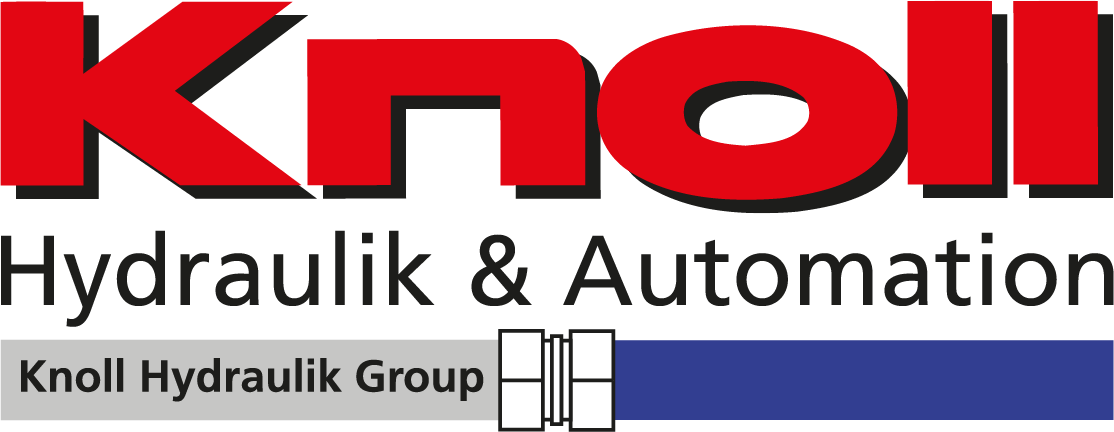Each hydraulic oil is subject to thermal influences and changes. Foreign particles speed up aging and deterioration. So, there are several advantages to analyzing your operating medium on a regular basis: For instance, impurities can be detected early on and lubrication-related consequential damages prevented. This also delivers important indications of potential problems in your hydraulic system and the best possible time for oil changes.
Oil analysis for your hydraulics – fast, accurate and economical.

Professional fluid analysis on-site and in the lab – tracing contamination to its source.

On-site particle measurement – rapid diagnosis
Particle measurement in line with oil purity class ISO 4406 and NAS 1638 in running machinery.
- Particle count with mobile particle meter PiC 9300
- Diagnosis and recommendations done on-site

Stationary hydraulics lab analysis – analysis set // red
Extensive analysis set for clean sampling, including lab report.
- Determining oil contamination: wear metals, additives, impurities and water (with FT-IR %)
- Particle count (ISO 4406, SAE4059)
- Reports on oil condition: viscosity measurement, appearance, oxidation and viscosity index

Mobile hydraulics lab analysis – analysis set // black
Standard analysis set for clean sampling, including lab report.
- Determining oil contamination: wear metals, additives, impurities
- Particle count (ISO 4406, SAE4059)
- Reports on oil condition: viscosity measurement, appearance, oxidation and viscosity index
- Karl Fischer water determination

Oil purity classes under ISO 4406
The required oil purity grade of your machinery depends, among other things on the specifications of the component manufacturer, the system operating pressure, the frequency of alternating pressure loads and your requirements with regard to machine availability.
The respective ISO 4406 purity class is generally derived from the particle content. The particle count is done either microscopically or automatically using a particle monitor built into the unit. The number of solid particles in 100 ml of the hydraulic oil being tested provide the ISO codes which correspond to the various different oil purity classes. As a general rule, a doubling of solid particles equates to an increase in the ISO class by one.
Your advice and order hotline!
Our service team is pleased to advise you and takes care of the smooth processing of your order. All you have to do is put in your country and postal code. A competent contact partner is then allocated to you.

